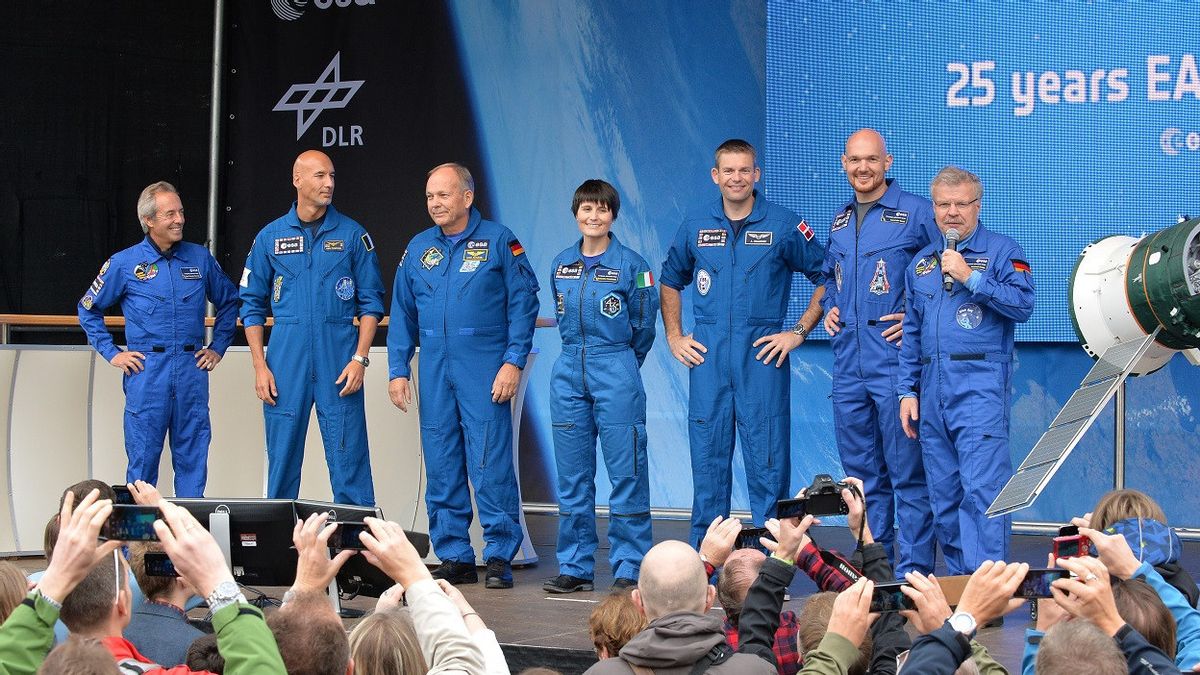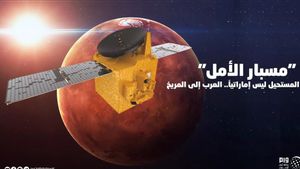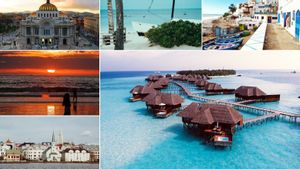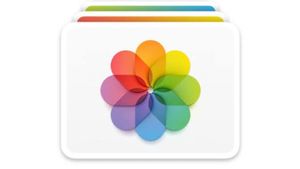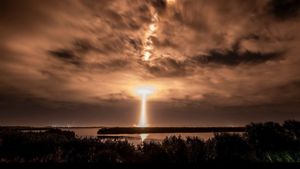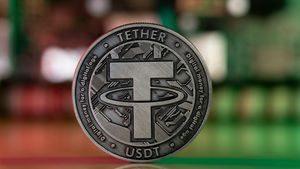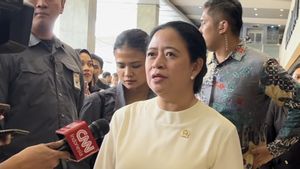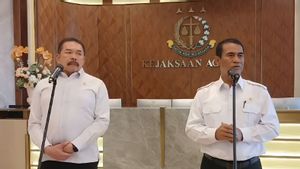JAKARTA - For the first time in 11 years, the European Space Agency (ESA) will make efforts to realize more diversity in its human resources.
Quoting Euronews, ESA plans to recruit more female astronauts this year, as well as people with diffable or people with disabilities who always dream of going to outer space.
"We are looking at the Moon and Mars. We need very great astronauts for the future," said ESA Director General Jan Worner.
"To go further than we've done before, we need to look more broadly than ever before," added Worner.
To date, out of 560 people who have gone to space, only 65 of them are women. Of the 65 women, 51 were American women.
Meanwhile, ESA has only sent two women into space, namely Claudie Haignere and Samantha Cristoforetti. Through this program, ESA wants to catch up.
On the same occasion, ESA also expressed its desire to place people with disabilities into outer space, as part of an initiative called the Parastronaut Eligibility project. ESA claims, this is the first time that a space agency has opened an application for people with disabilities.

"Representing all parts of our society is a concern we take very seriously," said David Parker, ESA Director of Human Exploration and Robotics,
"The diversity at ESA should not only address the origin, age, background or gender of our astronauts, but possibly physical disabilities as well," he added.
The ESA works closely with the International Paralympic Committee to categorize the various types and degrees or degrees of disorders and to create a list of eligible disorders.
The 'Red' defect means that the type or degree of defect is unfortunately incompatible with the task the astronaut is doing. 'Yellow' means they can become compatible with some customization, modification, or innovation. Meanwhile, 'green' indicates suitability with the task.
British astronaut Tim Peake welcomed the approach, saying it "will hopefully change the landscape" so that people of all backgrounds "will see that there is actually an opportunity here to be part of Europe's new space pioneer."
SEE ALSO:
The application process, agency officials said, will take about 18 months, before several successful astronauts will be selected. ESA is looking for candidates with a Master's degree or higher and a minimum of three years' experience in natural sciences, medicine, engineering, mathematics, and computer science.
They will undergo a series of psychological tests, practical and psychometric tests, medical selection, and two rounds of interviews. The appointments will be announced in October 2022.
The English, Chinese, Japanese, Arabic, and French versions are automatically generated by the AI. So there may still be inaccuracies in translating, please always see Indonesian as our main language. (system supported by DigitalSiber.id)
